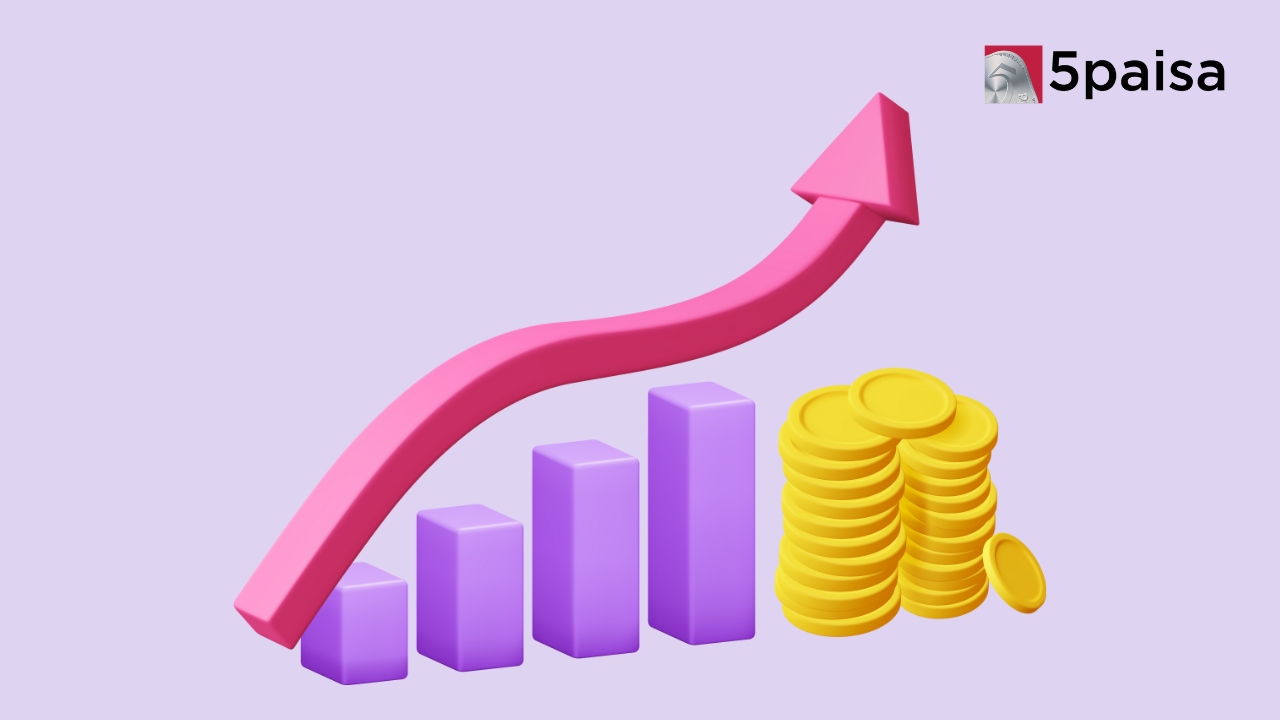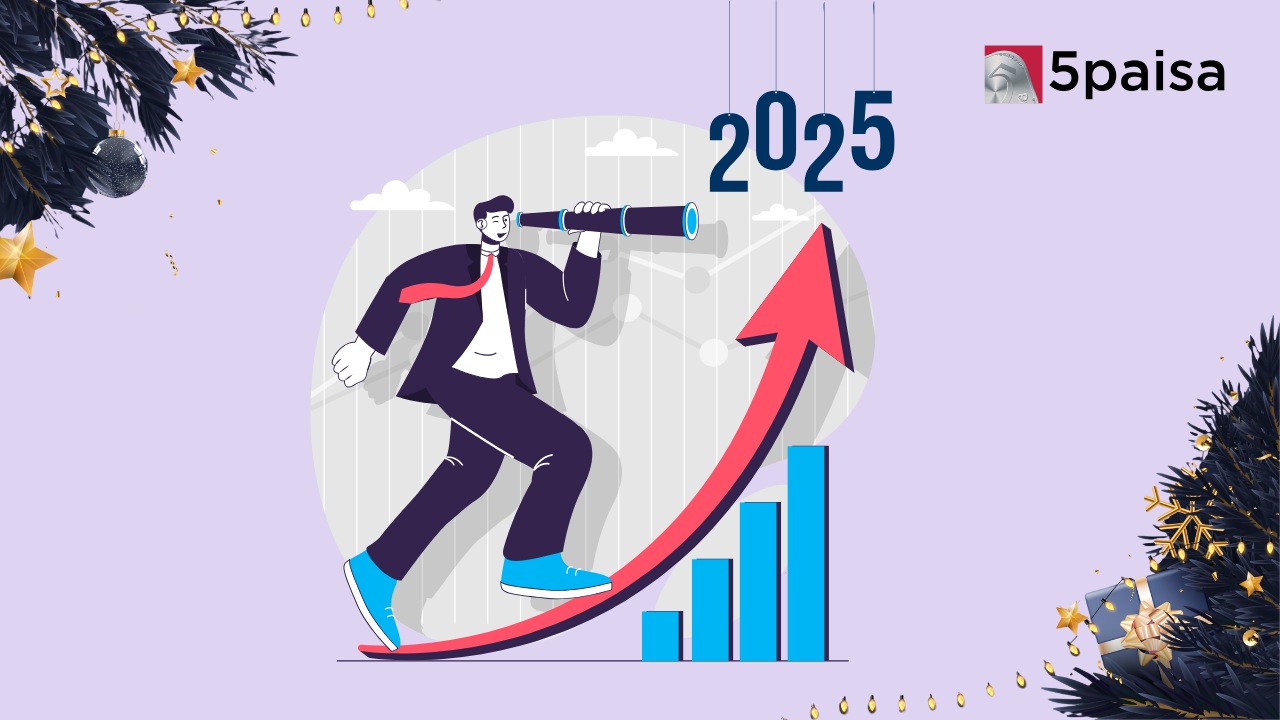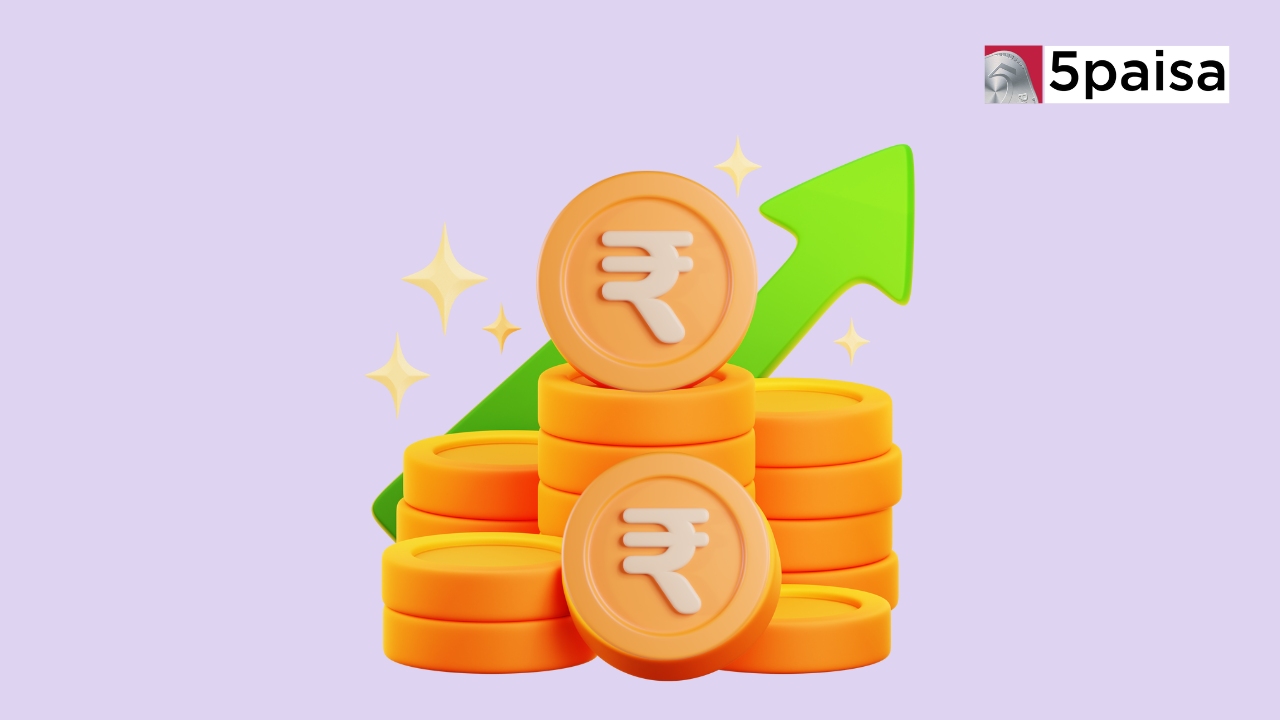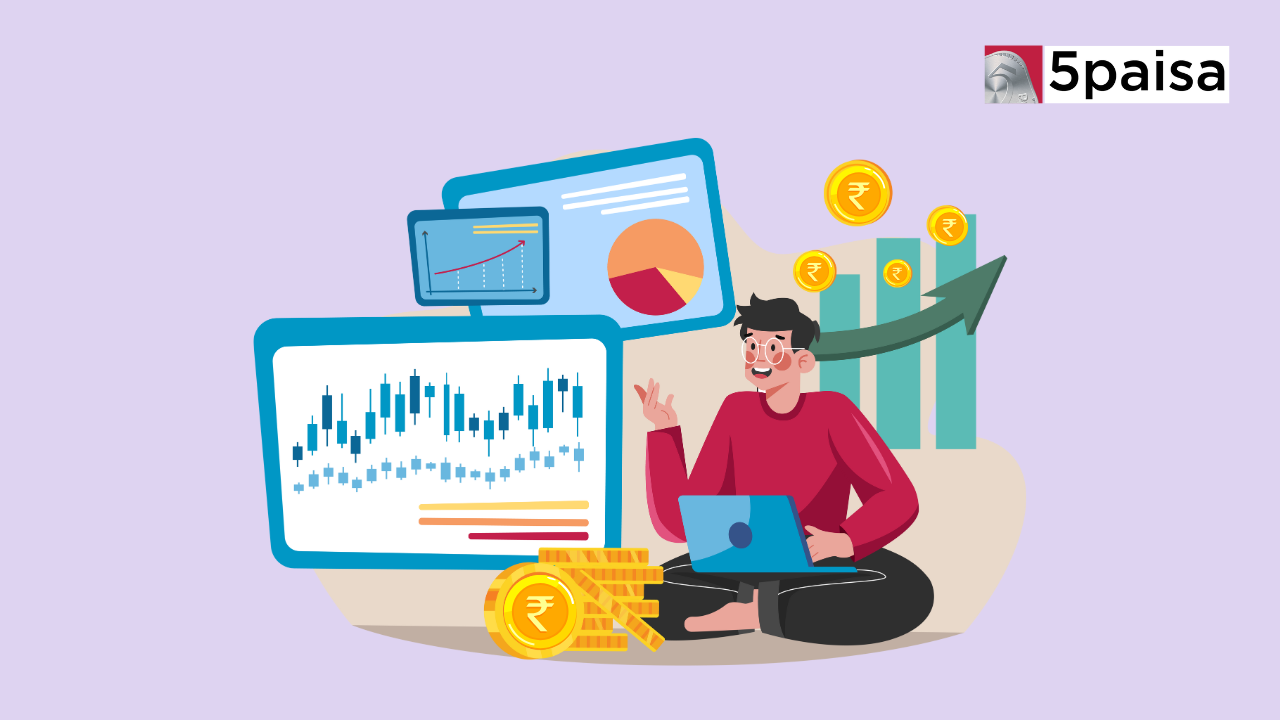Do India’s Forex Reserves De-Risk it from Fed Action
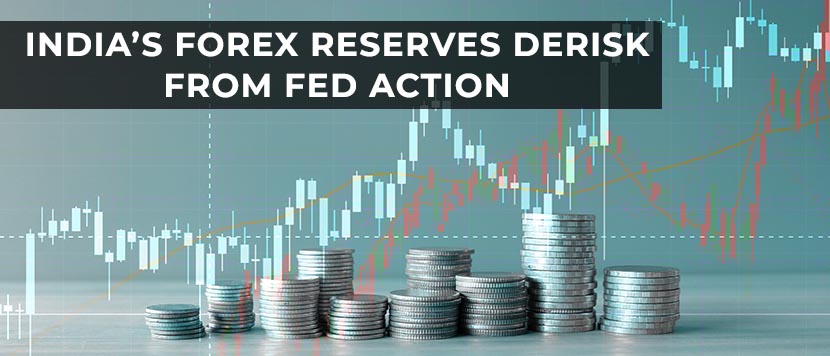
Last Updated: 8th August 2022 - 06:58 pm
When we talk of a Fed taper, the memories of 2013 are still fresh in the mind. Back in August 2013, the US Fed announced for the first time since the global financial crisis of 2008 that it would start to taper the bond buying.
It resulted in FPIs pulling out from Indian bonds to the tune of $12 billion resulting in the rupee going into a free fall. Eventually, the actual taper happened much later, but the message is that India is vulnerable to aggressive taper by the Fed.
Would the 2013 story repeat in 2022 when the Fed tapers aggressively over next few months? It may be recollected that the Fed statement announced on 15-December announced doubling the taper from $15 billion to $30 billion per month.
That means, the entire bond program of $120 billion would be wound down to zero by March 2022. That is a lot of liquidity being sucked out of the global markets. Will that hit Indian markets and the Indian rupee?
The answer to the first question is partially yes but the Indian rupee may not be really impacted. Let us look at the market impact first. Normally, when the US raises rates, there is a risk-off trade.
In this case, it is accentuated in the Indian context as stock valuations have already been at fairly elevated levels. So FPI outflows would continue in the near future and that would keep the markets under pressure. So market impact is inevitable.
But, what about the impact of the taper and rate hikes on the rupee? There are two aspects to this. Firstly, is the rupee really vulnerable? Compared to 2013, the rupee is not. Back in 2013 the forex reserves were at $280 billion and annual imports at $500 billion.
Today, the forex reserves are at $645 billion and the annual imports are less than $600 billion. Clearly, the forex cover is a lot more comfortable. The RBI governor has made the best of the liquidity glut in the last couple of years to fatten the forex chest.
That brings us to the second risk. Will hike in the US rates result in the yield spread narrowing. That is also unlikely. Firstly, weak oil prices is likely to bring inflation lower. Secondly, the Rabi arrivals are likely to lead to food inflation tapering. Of course, RBI will raise rates too.
Finally, is there short term risk of volatility? That is always going to be there. After all, in the short term, you just cannot argue with the vagaries of the market. At a more fundamental level, Indian economy and the rupee are on much sounder footing compared to 2013.
- Flat ₹20 Brokerage
- Next-gen Trading
- Advance Charting
- Actionable Ideas
Trending on 5paisa
Indian Stock Market Related Articles
Disclaimer: Investment in securities market are subject to market risks, read all the related documents carefully before investing. For detailed disclaimer please Click here.
 5paisa Research Team
5paisa Research Team
 Sachin Gupta
Sachin Gupta
